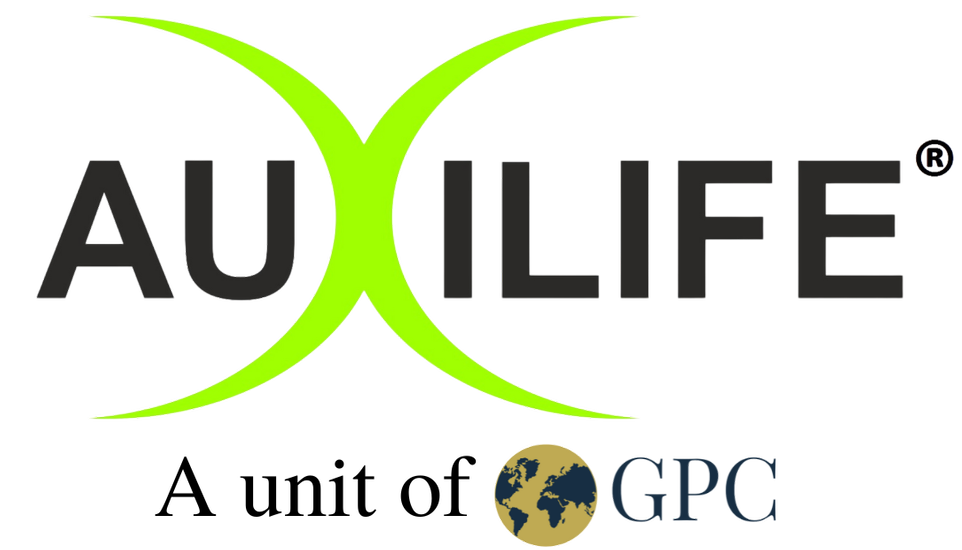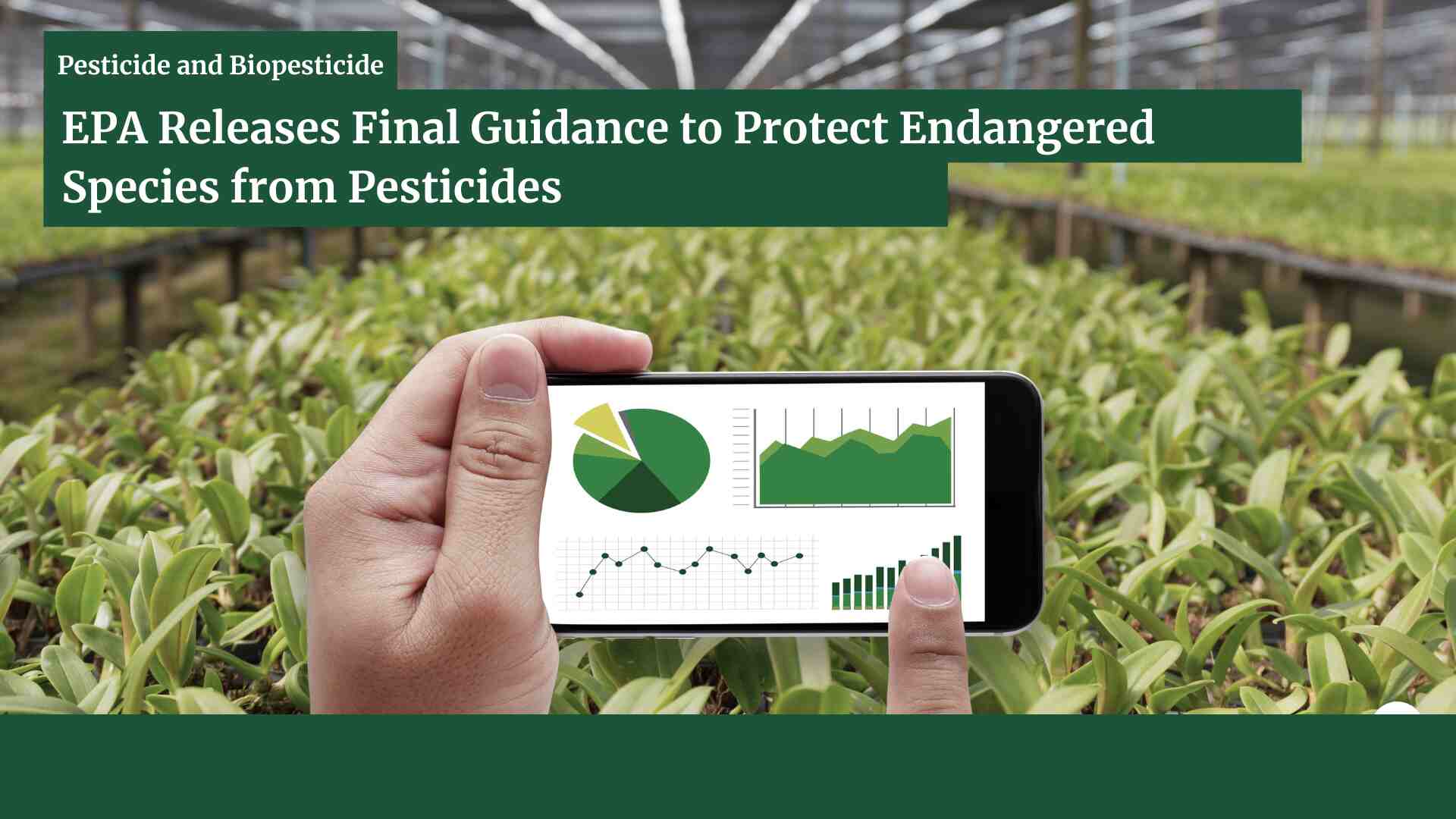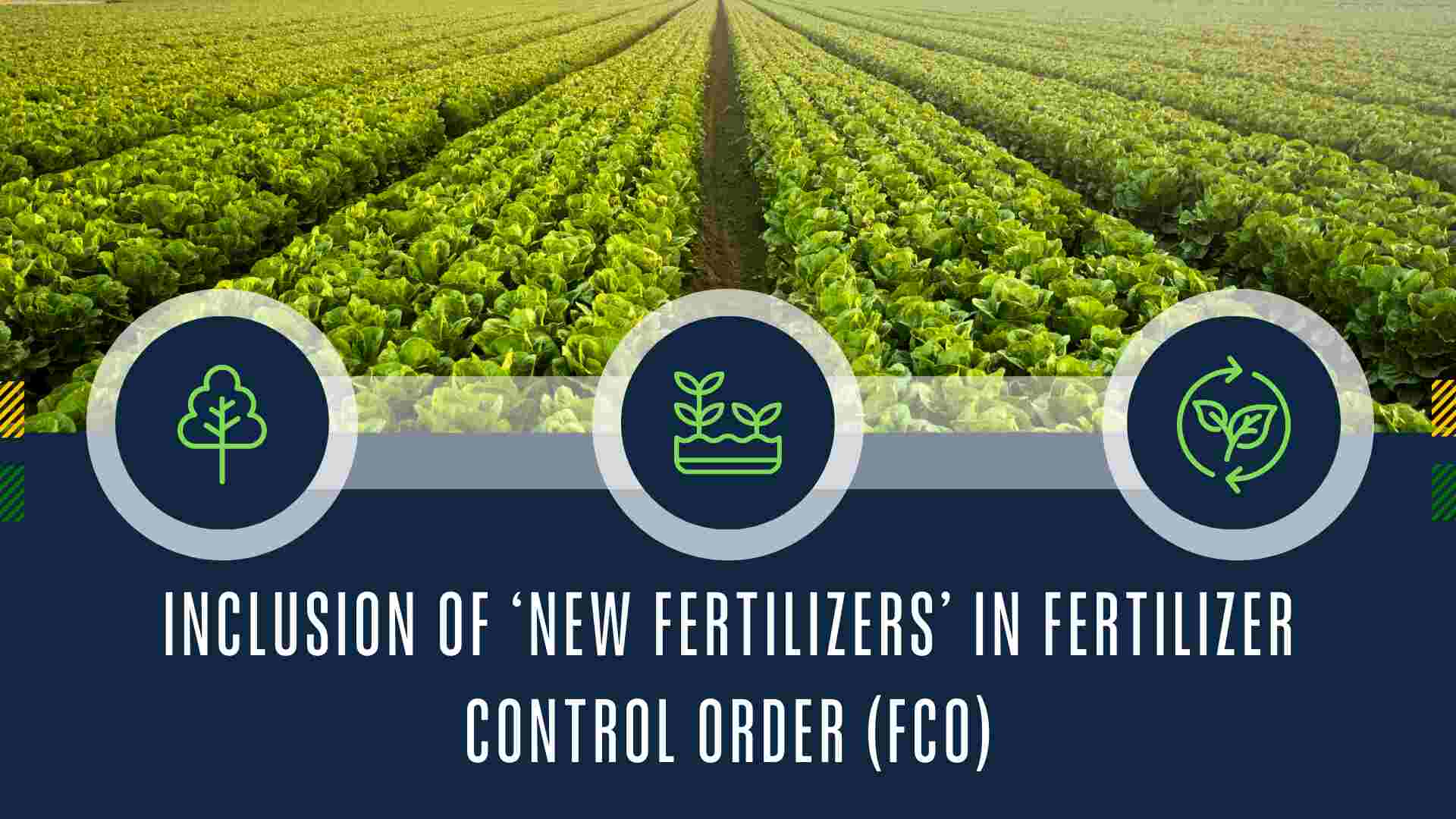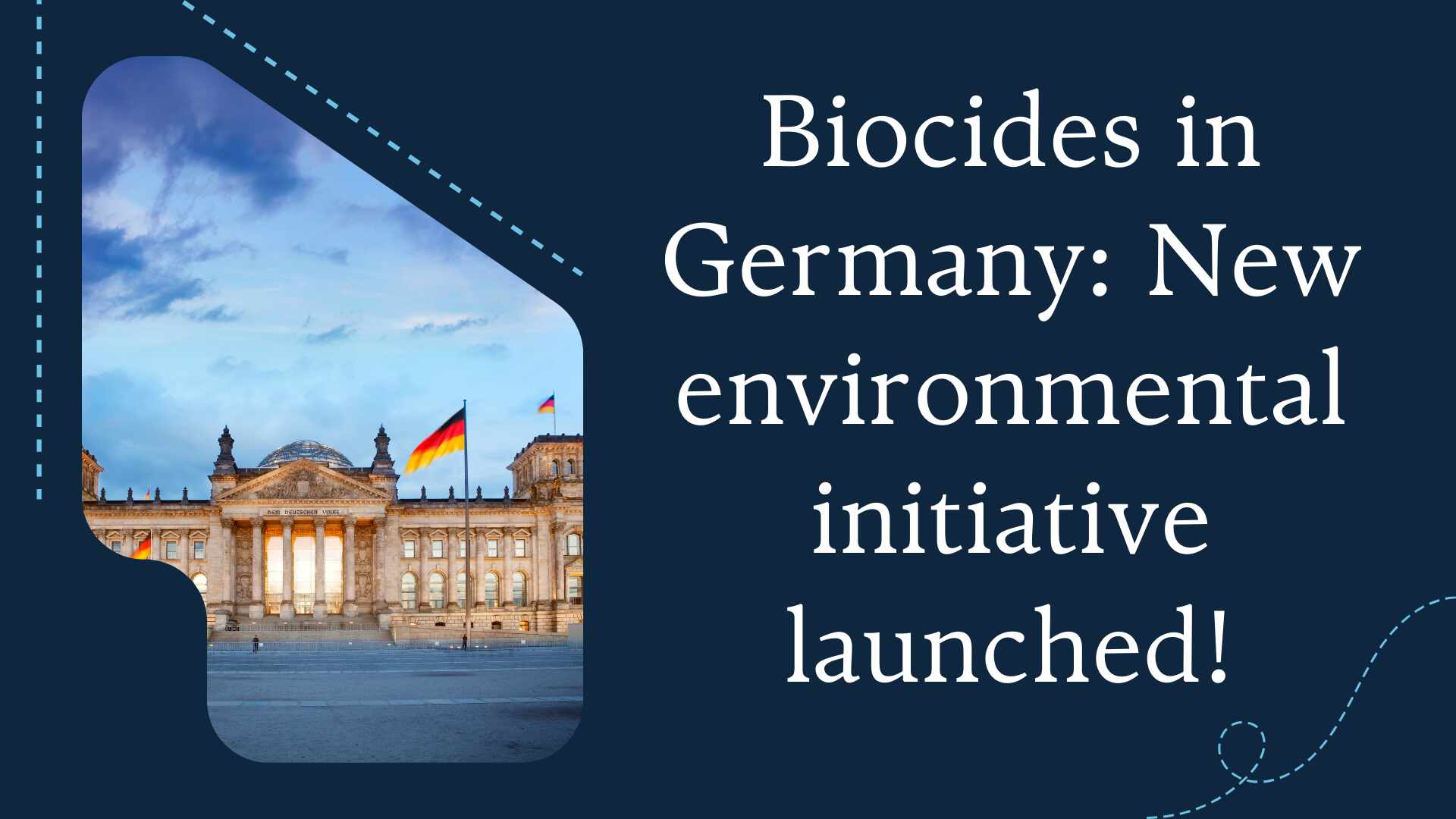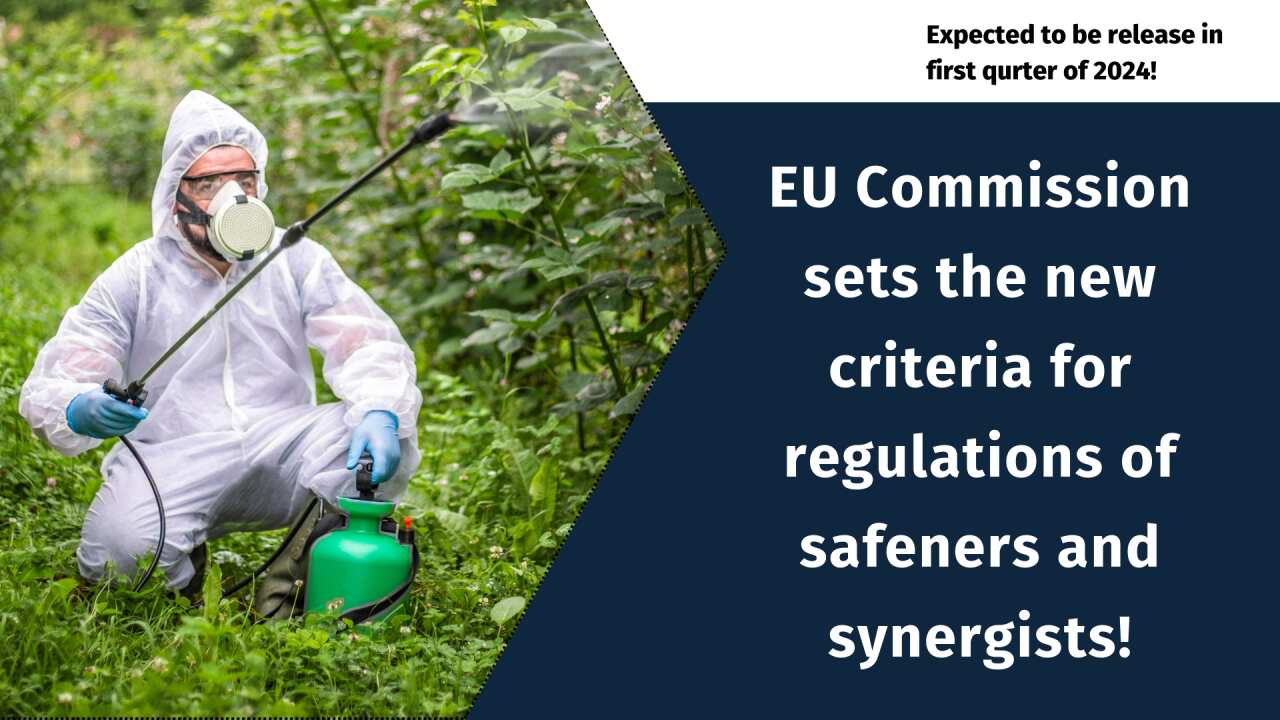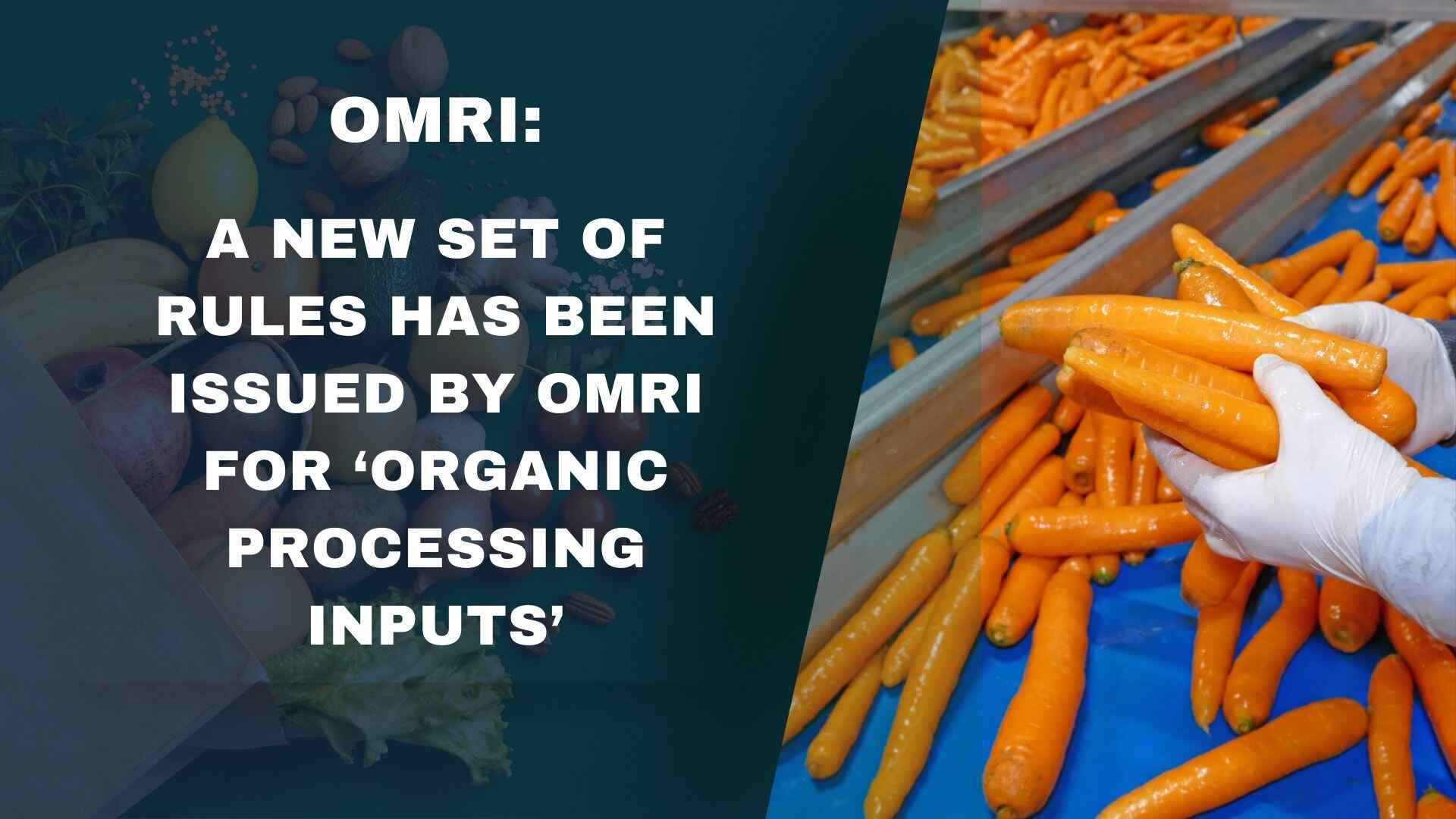In order to increase the effectiveness of EPA’s Endangered Species Act studies for new pesticide active ingredient applications and active ingredients undergoing registration review, the “U.S. Environmental Protection Agency (EPA)” has provided final guidance to pesticide registrants. The guidance fulfils requirements outlined in the Pesticide Registration Improvement Act of 2022 (PRIA 5) and furthers goals outlined in EPA’s 2022 ESA Workplan to protect listed species from exposure to pesticides.
According to PRIA 5, EPA is required to create and provide registrants with guidance on the analyses the Agency needs to do in order to assess the potential negative impacts of outdoor pesticide product applications on listed species and designated critical habitat.
This guidance applicable for
· New and existing conventional pesticides
· Biopesticides that are intended for outdoor use
This guideline concentrates on activities that applicants might undertake voluntarily to inform prospective mitigation measures that can cause impact to listed species. These actions involve determining where a pesticide will be used, determining how species may be exposed to the chemical, and recommending potential mitigation strategies to limit exposure.
Implication for Pesticide Registrants
· Although this record doesn’t make new necessities, the proposals in the direction are expected to assist candidates with addressing possible impacts to recorded species for new dynamic fixings and enlistment survey activities.
· Specifically, the proposals Centre around exercises that candidates can willfully seek after to illuminate potential relief estimates that address effects on recorded species.
These activities incorporate recognizing where a pesticide will be utilized, how species might be presented to the pesticide, and how to prescribe potential moderation measures to decrease the exposure.
EPA anticipates that these suggestions will fasten up its evaluation of the FIFRA action and boost the effectiveness of the entire ESA-FIFRA procedure.
